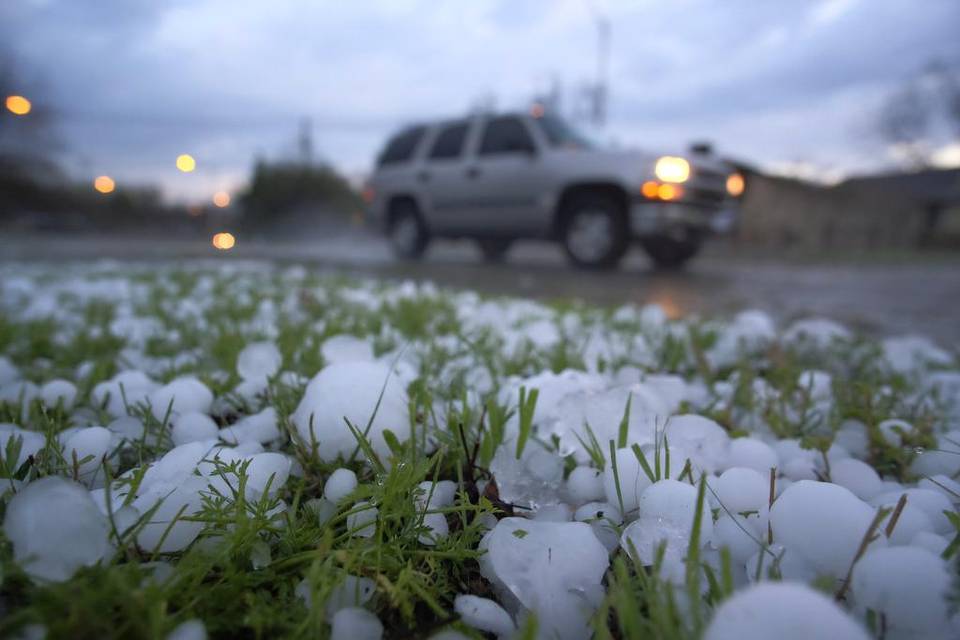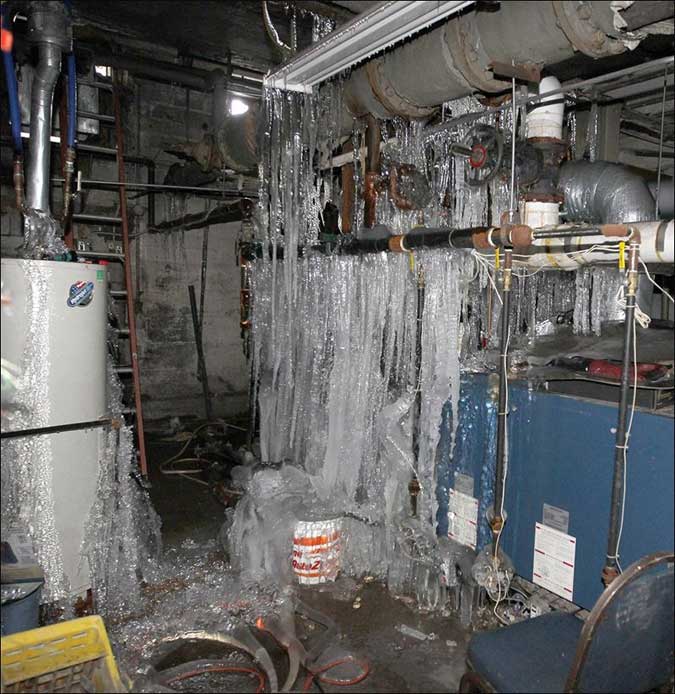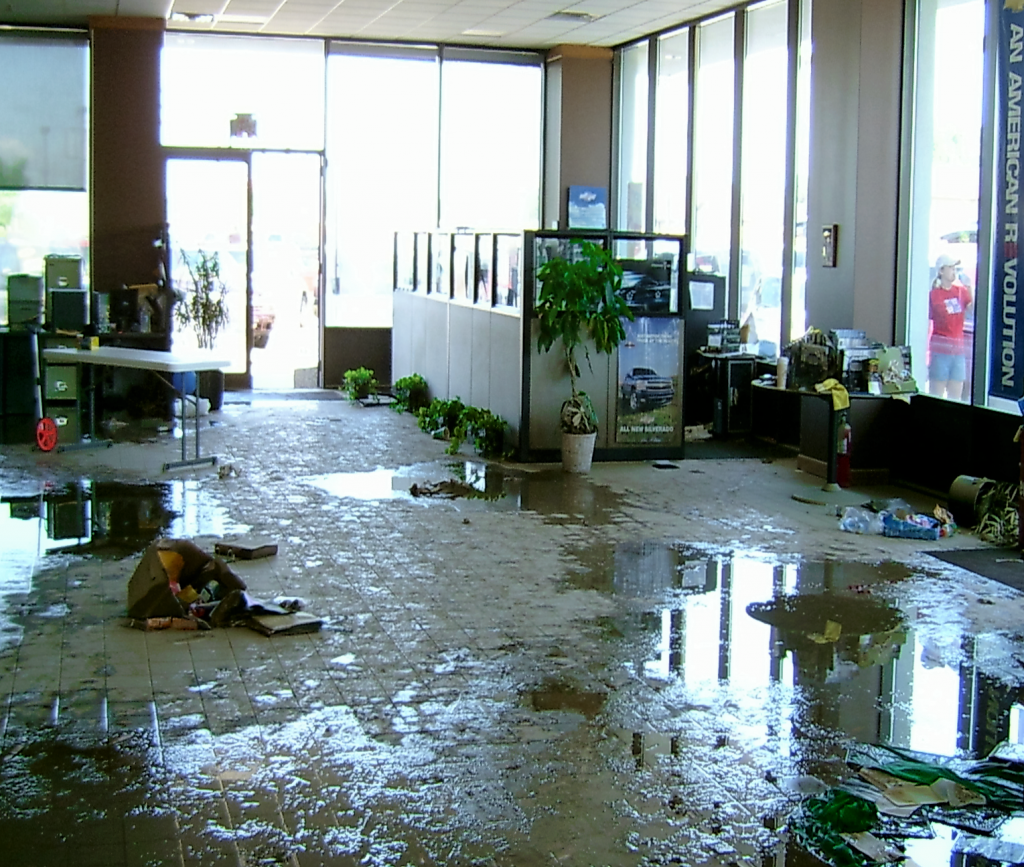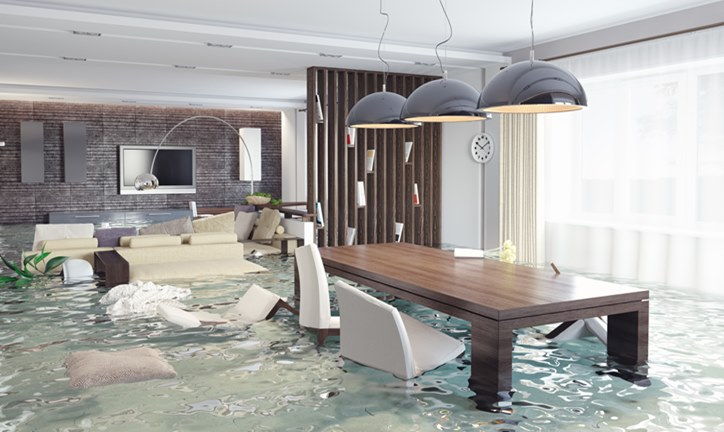Hail doesn’t discriminate and rarely comes with an advanced warning – it can happen anywhere, at any time. Between 2000 and 2013, U.S. insurance companies paid out more than $54 billion in hail damage claims, with 70% paid between 2008 and 2013. In 2015 alone, the United States had more than 5,000 hailstorms. While most hail damage affects property and crops, unpredictable storm conditions can also put you in harm’s way. The following are three reasons why you should be wary of hail storms.
Hail Stones Can Be Huge
Hail can be as small as a pea (1/4 inch in diameter), as big a softball (4.5 inches in diameter), or even bigger in rare cases. The largest hailstone ever recorded in the U.S. fell in Vivian, Nebraska in July of 2010, measuring eight inches in diameter and weighing 1.9 pounds.
Can weather forecasters predict the size of hail in advance? Sometimes. Hail forms when a strong storm’s updraft (upward-moving current of air) carries rain into freezing layers of the atmosphere, creating tiny hailstones. They get bigger when they run into super-cooled water droplets. If these updrafts are especially strong, they can hold the small hailstones aloft, allowing them to grow larger until eventually they become too heavy and fall to the ground. In other words, the stronger the storm, the larger the hail.
Fortunately, baseball-sized and larger hail isn’t very common, on average just 24 people per year are reported injured by hail. But such injuries can be very dangerous and painful, so it’s important to pay attention to your local forecast if you suspect storms are nearby.
Small Hail Falls at Greater Speeds
No matter its size, hail still poses major risks. Small hail (half an inch in diameter) can reach speeds of 20 mph and usually comes down in larger quantities than large hail, creating a greater risk for damage.
What is the typical scale of a hail storm? It varies considerably. Hail falls in paths known as “swaths,” or “streaks,” which can cover anywhere from a few acres to 100 miles wide and 10 miles long. Dense swaths of hail of any size can do serious damage to both people and property.
Unfortunately, there’s not much you can do to prevent major hail damage to your home and cars. But if you live in a hail-prone part of the United States, you can take a few steps to lessen the aftermath of the next major storm:
- Keep your car parked in a garage if possible. If you don’t have access to a garage, cover it with heavy blankets for a little protection.
- Consider impact-resistant shingles for your roof.
- Install storm shutters on your windows and doors to protect them from shattering.
Hail Can Indicate Approaching Tornadoes
Any type of thunderstorm can produce hail, but “supercell” storms (severe, rotating thunderstorms) are responsible for most big hailstones. If you see large hail (the size of a quarter or larger) that could mean the storm has tornado activity as well.What signs point to a possible tornado? Large hail usually falls north of a tornado, but just because you see hail doesn’t mean there’s a funnel on the ground. If a storm suddenly drops hail, immediately take cover and listen to your weather radio for storm reports in your area.
If you’re inside, you should stay there until the storm completely passes:
- Make sure everyone is safe and indoors.
- Stay away from windows and doors.
- Don’t go outside for any reason.
If you’re driving, try to get somewhere safe like a garage, gas station, or bridge that’s nearby:
- Do not leave your car until it stops hailing.
- Cover your eyes, and if you can, get on the floor or lie down on the seat with your back to the windows.
- Protect small children with your body or heavy clothing.
If you get caught outside during a hailstorm and can’t get inside a structure, protect as much of your head and body as possible:
- Avoid ditches and low areas that could suddenly flood.
- Don’t seek shelter under a tree, as it can lose limbs and may attract lightning.
Most types of hail can pose significant risk to you and your property. But with a little upfront preparation and some common-sense safety measures, you can keep your home and family safe the next time this weather threat emerges.









